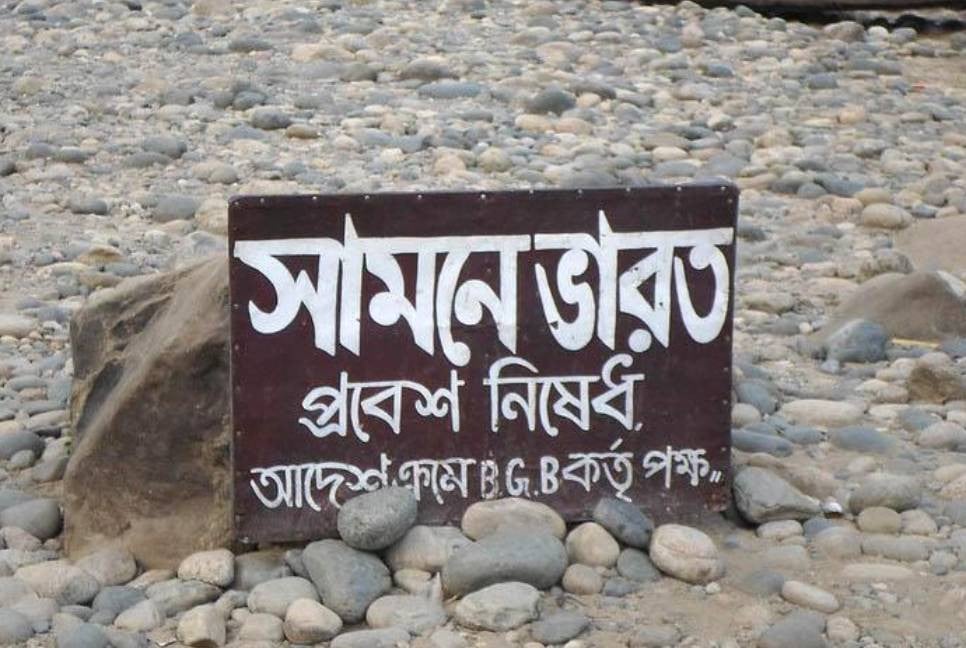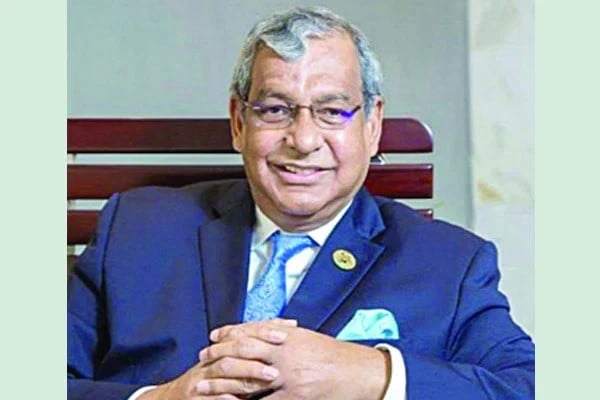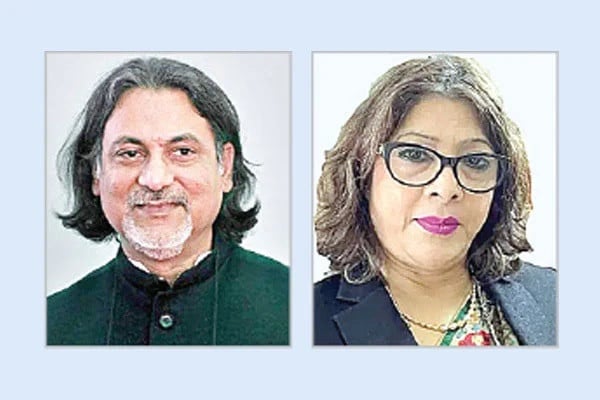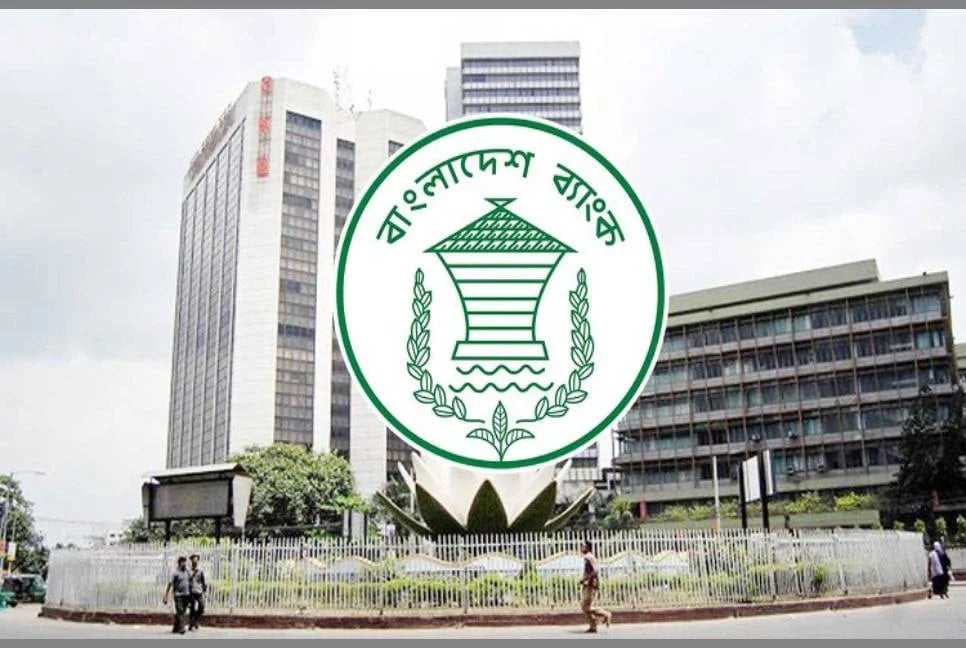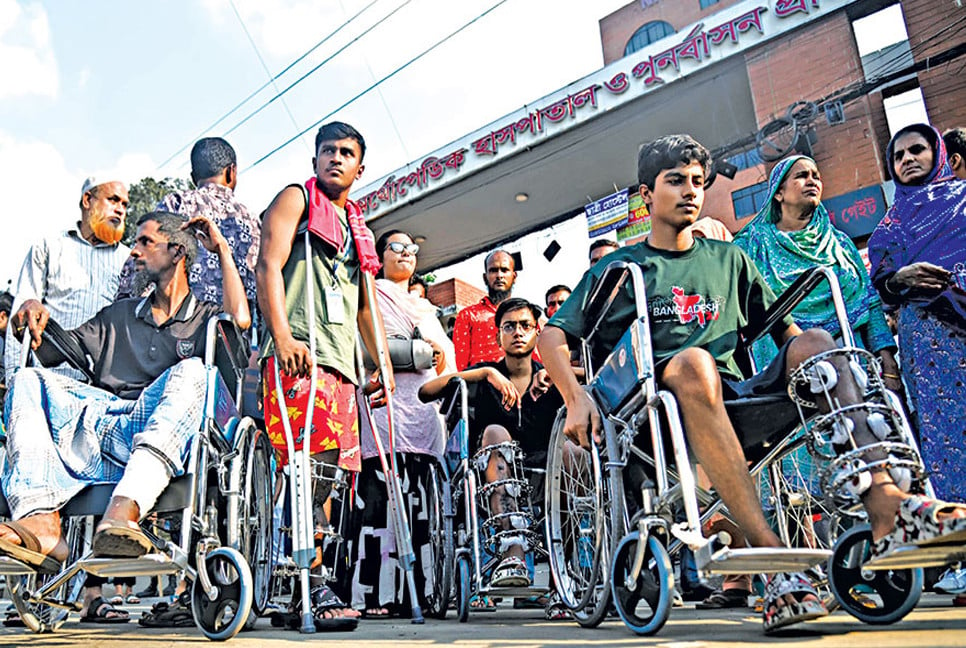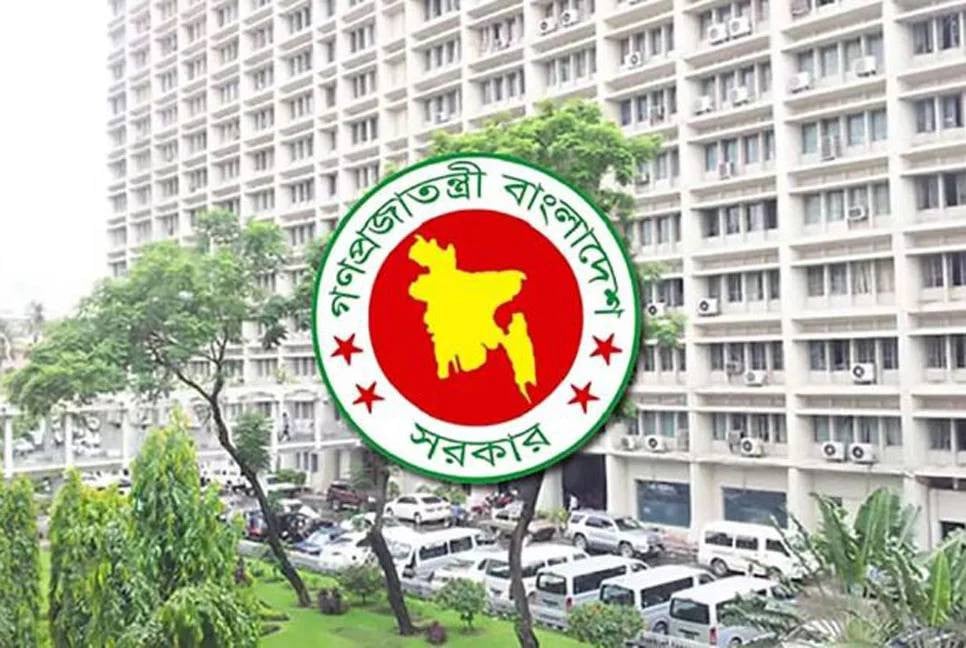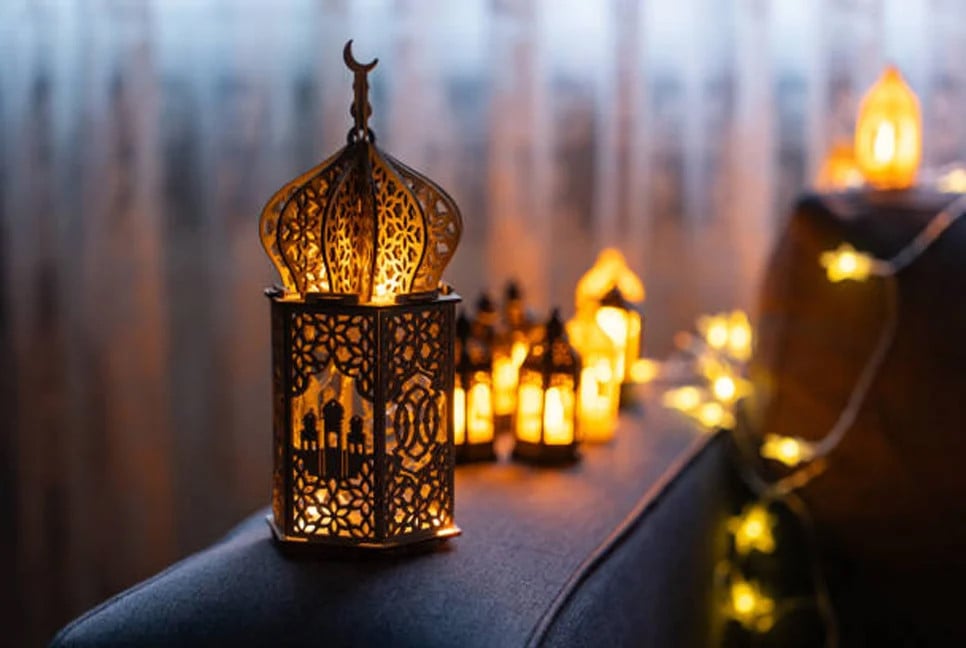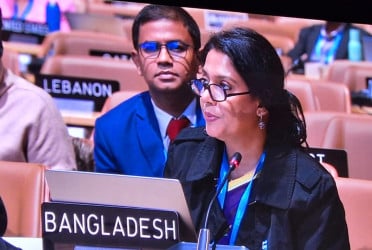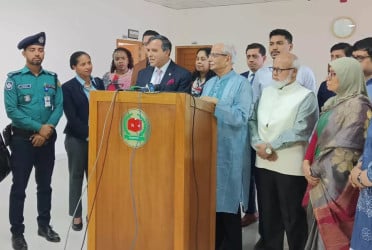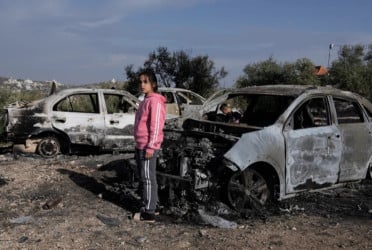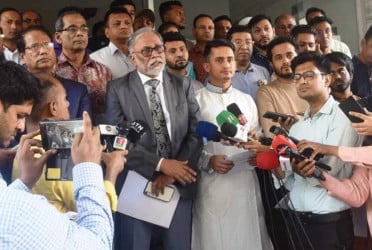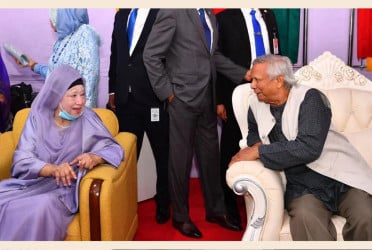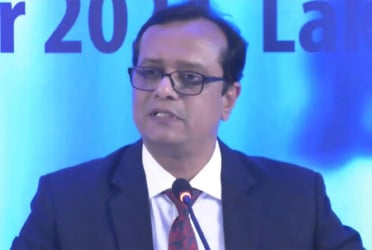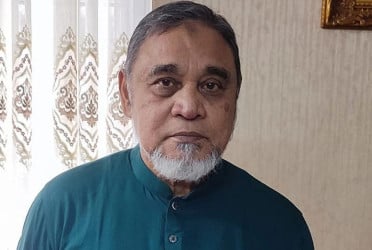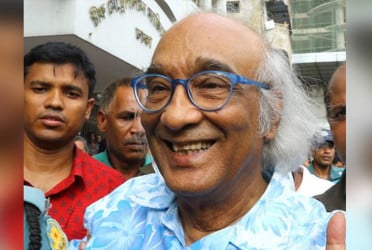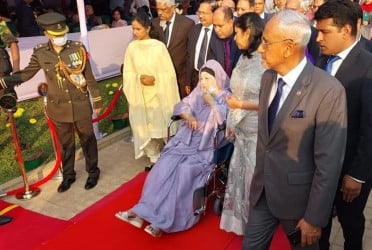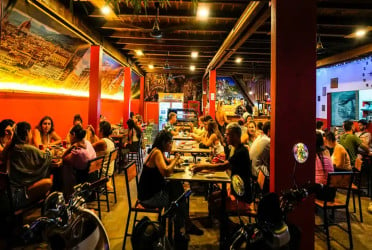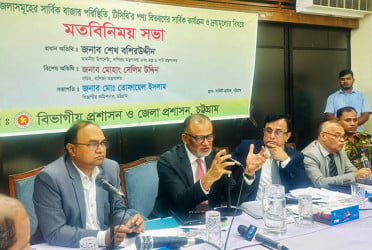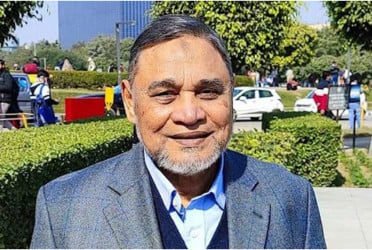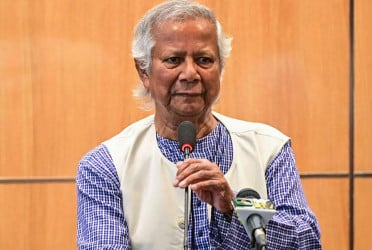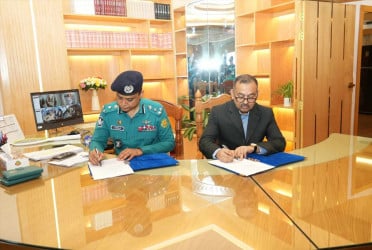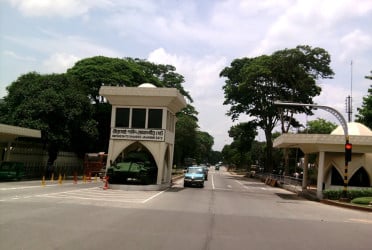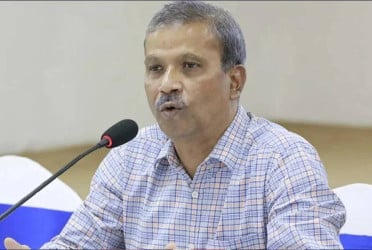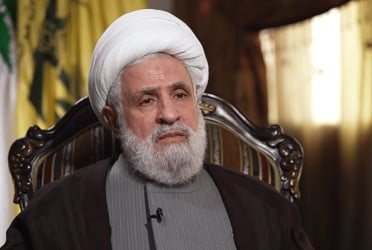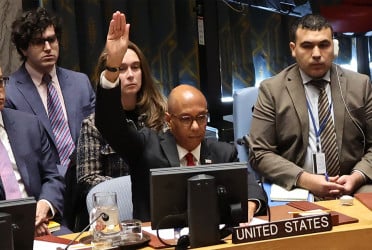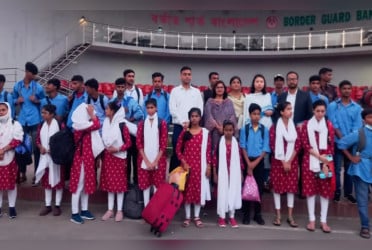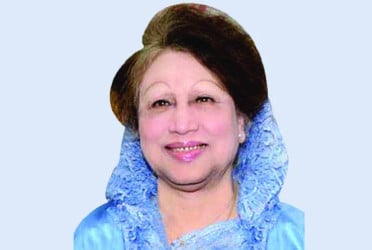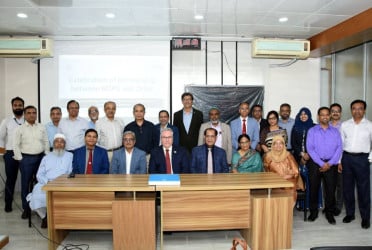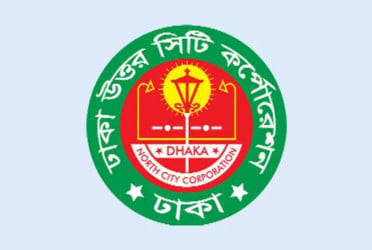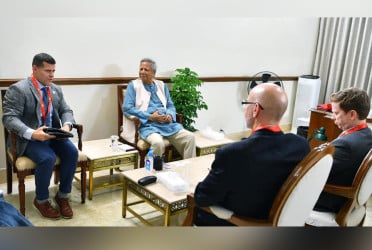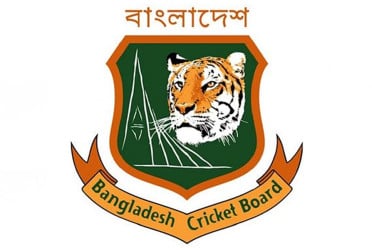Bangla, as a language, is spreading in many countries of the world. Signboards inscribed in Bangla, are seen specific places in various cities of developed world countries. Even, people are seen speaking in Bangla there. From shopping to treatment, everything can be conducted in Bengali language.
Bengali language has been spread in foreign lands due to the cordial efforts of language-loving expatriates. The research on Bangla language has also been increased. However, questions were raised over the use of Bengali language in various educational institutes of the country. The institutions are showing reluctance on using Bangla; rather emphasizing on foreign languages. The propensity of speaking in English is seen even among the students of Bangla medium, let alone the students of English medium.
If someone goes to the Jackson Heights in New York, its resemblance with Bangladesh will amaze him. Some streets of this place are inhabited by Bangladeshi people. Many buildings, establishments, trade stores here are run by Bangladeshis. Hence, many people call this place ‘The Gulistan of New York.’ The people speaking in Bangla are seen everywhere here.
Not only in Jackson Heights in New York, but now aslo in the area between Third Street and Alexandria Avenue in Los Angeles, California, you can see Bengali language signboards like Banglabazar, Swadesh, Desi, Aladdin. About a decade ago, this place was recognized as 'Little Bangladesh' by the Los Angeles city authorities. It will not be an exaggeration to call Little Bangladesh a piece of Bangladesh in the heart of Los Angeles. Bengali signboards can also be seen on Dunford Avenue in Toronto, Canada. Brick Lane in East London, United Kingdom and surrounding areas have been inhabited by Bangladeshi immigrants for several decades. For a long time, the official name of the area was Banglatown. The names of the roads here are written in Bangla as well as in English. Bangla is the second most spoken language in three London districts - Camden, Newham and Tower Hamlets. Mini Bangladesh is located near the Mustafa Center in Singapore. Paan-Bidi, Flexiload, Internet, Salon, Bkash-Bangla What is not written on the signboard of the roadside shop! There are Bengali language signboards of Dhaka restaurants, Heerajheel restaurants and other low-cost eateries. Not only in these cities, there are similar areas in Jeddah city of Saudi Arabia, Musna, Gulil, Holy Mecca and Medina. Furthermore, Bangla is also seen cities like Dubai of UAE, Rome of Italy, Madrid and Barcelona in Spain, Berlin in Germany, Athens in Greece, Tokyo in Japan, Cape Town and Johannesburg in South Africa, Sukumvit in Bangkok, Thailand. In one or more areas of these cities, Bangalipara, Bangalibazar or meeting place of Bangalis have been successfully built. As trade relations between Bangladesh and China have improved, interest in learning Bangla language has increased in China. Research on Bengali language has started in several universities of that country. Bengali language courses have been started in several universities in China.
Several Bengali papers are now being published in different cities including New York, Sydney, London, Paris, and there are Bengali bookstores in these cities. Half a dozen Bengali community televisions have also been launched in New York. Most of the cities in the Middle East, including cities of Malaysia, Maldives etc. can meet the minimum requirements for expatriation by speaking only Bangla. Around one and a half million Bangladeshis scattered in different corners of the world are working as a platform to create global interest in Bengali language. Apart from this, members of Bangladeshi army and security forces are working in UN peacekeeping forces in various countries including Africa. As a result, Bengali language is being practiced there as well. Shaheed Minars have also been built in different cities in memory of language martyrs due to the interest of expatriates.
AHM Abdul Hai, a resident of Bonn, Germany and editor-in-chief of German-based online media 'Our Voice', told The Bangladesh Pratidin, "Our expatriate Bangladeshis living here organize events every time on International Mother Language Day. Bangla songs, recitations and discussions are organized in these events. The main purpose of organizing these events is to spread the Bengali language to future generations. Researchers say that around 300 million people in the world are now speaking Bengali. According to language researchers, by the year 2050 the number of Bengali speakers will reach 31.6 million. Bengali language, literature and culture are being researched and practiced in 100 universities of 30 countries. Thousands of non-Bangalis are also learning and researching in Bengali here every year.
In fact, since in 1999, UNESCO recognized 21 February as International Mother Language Day, Bengali language has gained more international reach. There is a new interest in Bengali language and literature among the scholars and researchers of different countries of the world. As a result, Bengali departments have been started or are going to be started in several universities around the world. In this regard, the School of Oriental and African Studies of the University of London is the oldest. Apart from this, Chicago, Indiana, Melbourne, Heidelberg, Paris, Toronto, Ottawa, Edinburgh, Sorborne, Moscow and Karachi University have separate arrangements for teaching Bangla language and literature. Bangla department started functioning in Peking, Prague, Warsaw and Tokyo universities.
On October 5, 2016, Internationalized Domain Names gave Bangladesh the final approval to use the dotbangla domain. As a result of this domain, Bangla-speaking people all over the world are able to use various websites in their own language on the Internet. Information technologists are working non-stop with the aim of bringing Bangali to every corner of the world. Various Bangla apps are being created constantly. However, despite the increased interest in Bengali outside the country, questions have been raised about the use of Bangla language in various educational institutions of the country. The immigrants are deliberately giving special importance to English instead of Bengali from a young age of the students. Neglecting Bangla, foreign languages are being given importance in educational institutions. Not only in English medium, but also in Bengali medium, the trend of speaking in English is being observed among the students. Among them, wrong spelling and pronunciation of Bengali words are noticed. Students do not know the meaning of many Bangla words but can understand the same words in English. Again, foreign culture is entering into cultural activities in educational institutions. Apart from this, Bengali is being ignored in the leaflets, banners, festoons, billboards of various events. Despite the High Court's ruling, the signboards, billboards are being written in English instead of using Bangla names. In this era of social media, social influencers of the country are making blogs on Facebook and YouTube, where wrong Bangla is being used and some are speaking fluent English. This is discouraging the young generation to use Bangla language.
Bangla Academy president fiction writer Selina Hossain told The Bangladesh Pratidin, "The lack of interest in the Bangla language in the country is not justified. Their place of dignity should be upheld. I request those who are in charge of protecting the dignity of the language to pay attention to this matter.”
Selina Hossain also commented that the children who will grow up to build a golden Bangladesh should be allowed to be properly mentally prepared in this way.
(The report was published on print and online versions of The Bangladesh Pratidin on February 21 and rewritten in English by Lutful Hoque Khan)


